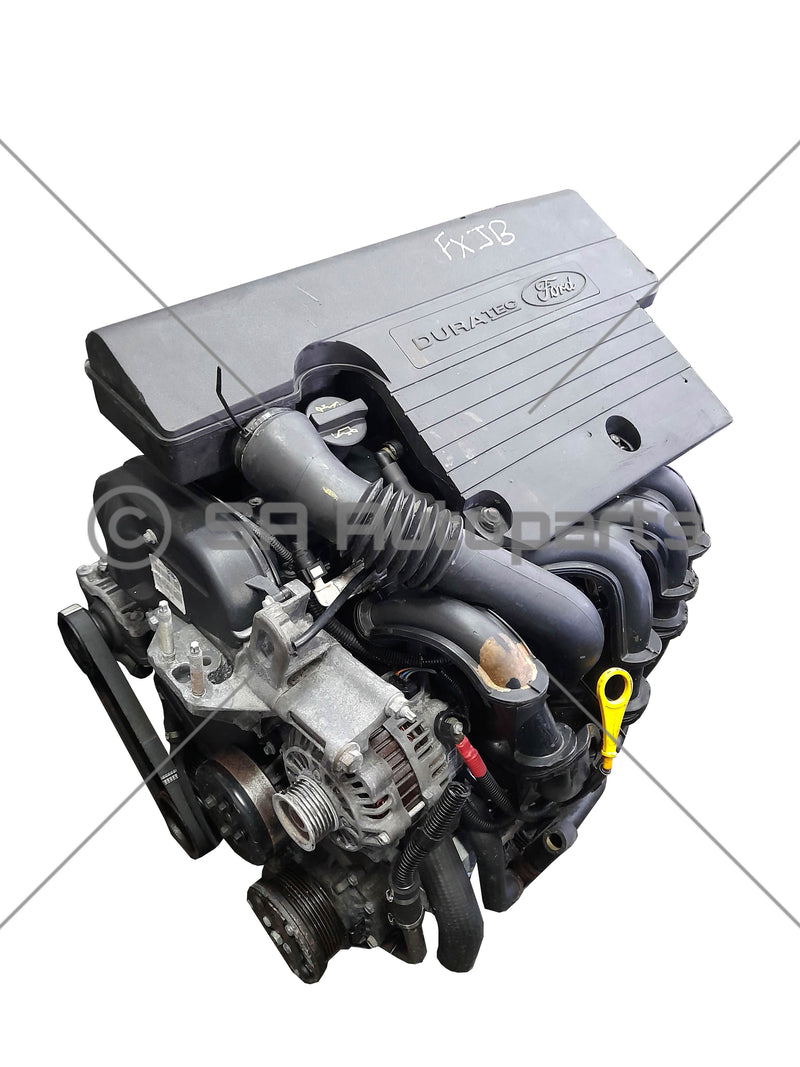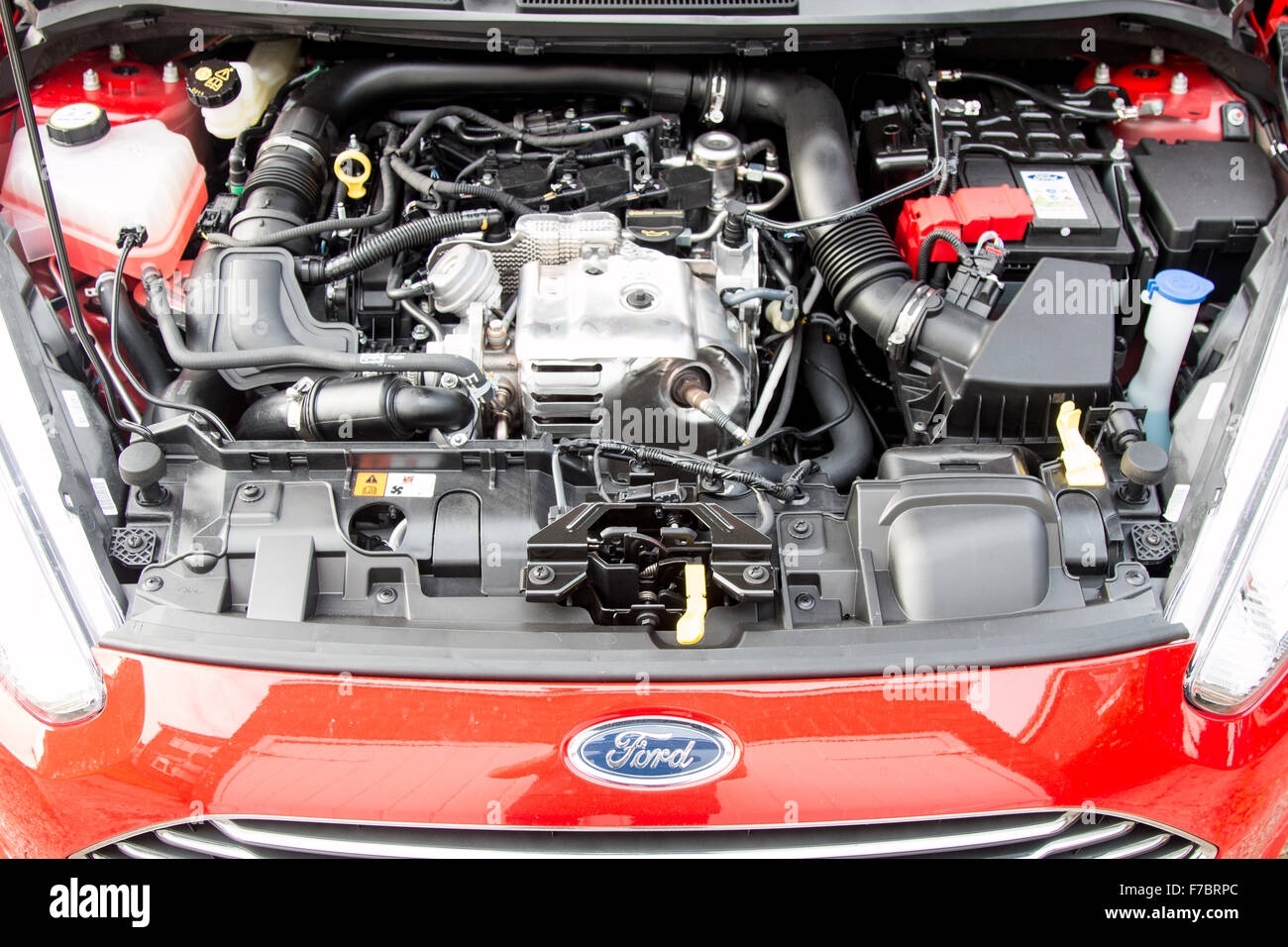Exploring the Development of Engines: From Traditional Styles to Modern Marvels
The development of engine innovation stands for a significant story in the background of development, noted by essential innovations that have continuously redefined transport and sector. From the preliminary steam engines that powered the Industrial Change to the introduction of interior combustion engines that changed mobility, each phase has added to higher performance and capacity. Currently, the change to electric power represents not just a technological change but additionally a broader commitment to ecological sustainability. As we examine these turning points, one have to consider just how the future of engine layout may unravel, challenging our understandings of power and performance.
The Birth of Engine Technology
The advent of engine modern technology marked an essential minute in human innovation, transforming energy conversion and transportation. The earliest engines arised from the demand to harness mechanical power for sensible usage, leading to the advancement of tools that transformed different energy forms into motion (ford fiesta engine).
The development of the inner burning engine and the creation of the vapor engine militarized an extensive change in industrial capacities. These engines not just enhanced performance yet additionally increased the scope of human mobility, making it possible for unmatched transportation opportunities. The early models prepared for the mechanized world, facilitating the increase of industries and reshaping societal frameworks.
As engine styles advanced, they incorporated cutting-edge materials and progressed engineering concepts, leading the way for contemporary growths - ford fiesta engine. The birth of engine technology ignited a relentless quest of efficiency and power, establishing the stage for the vibrant advancement of transport and commercial machinery that would certainly follow
Steam Engines and Their Influence

The vapor engine's effect was especially evident in the transportation field (ford fiesta engine). Steam-powered engines helped with the quick activity of products and individuals throughout substantial distances, properly shrinking the geographical barriers that had actually previously impeded profession and communication. Likewise, steamships transformed maritime travel, enabling quicker and a lot more dependable crossings of oceans and rivers.
In sector, steam engines powered manufacturing facilities, enabling mass production and the rise of city centers as centers of financial activity. This shift not just altered labor characteristics but additionally added to the appearance of a consumer-driven culture. Steam innovation promoted developments in design and production procedures, laying the groundwork for future developments in engine style. The heritage of heavy steam engines is profound, reflecting a pivotal moment in human ingenuity and the unrelenting quest of progress.
The Surge of Internal Burning
Regularly eclipsing vapor power, the increase of internal combustion engines marked a transformative change in transport and sector throughout the late 19th and very early 20th centuries. The advancement of these engines, defined by their capability to melt fuel within the engine itself, made it possible for better performance and power compared to conventional heavy steam engines. Pioneering innovators such as Nikolaus Otto and Rudolf Diesel played essential roles in improving engine styles, causing widespread adoption in automobiles, watercrafts, and Home Page industrial equipment.
The inner combustion engine's compact dimension and fairly lightweight nature assisted in the development of individual lorries, revolutionizing specific mobility and improving metropolitan landscapes. By allowing faster travel and the efficient transportation of items, these engines militarized economic growth and fostered globalization. The flexibility of gas options, consisting of gas and diesel, additionally enhanced their allure, enabling diverse applications throughout numerous fields.
Despite the environmental problems that would certainly later on emerge, the first allure of internal combustion technology stocked its transformative capacity. As culture embraced this innovation, the foundation was laid for modern transportation systems, establishing inner burning engines as a keystone of industrial advancement and everyday life throughout the 20th century.
Developments in Engine Effectiveness
As internal combustion engines came to be essential to transport and market, the emphasis moved towards enhancing their performance to fulfill growing needs for efficiency and sustainability. Innovations in engine layout, material scientific research, and modern technology have actually substantially added to this development.
One major improvement is the growth of turbocharging, which permits raised air consumption, leading to even more total fuel burning and improved power output without expanding engine dimension. Additionally, variable valve timing systems have actually been executed to optimize engine performance throughout various RPM varieties, thus boosting fuel performance.
The usage of innovative fuel shot modern technologies, such as direct injection, has additionally played an important function. This method allows for more precise control over the fuel-air mix, advertising far better combustion and lowering discharges. Furthermore, lightweight materials, consisting of light weight aluminum and composite components, have been embraced to minimize overall engine weight, causing enhanced efficiency.
These innovations reflect a more comprehensive fad within the automotive industry, where the synergy in between design technology and environmental factors to useful link consider drives the ongoing pursuit for higher performance in internal combustion engines. Because of this, modern engines are currently more effective, cleaner, and efficient than ever, paving the method for an extra lasting future in transport.
The Shift to Electric Power
With growing worries over ecological impact and nonrenewable fuel source dependency, the automotive market is helpful site experiencing a considerable shift in the direction of electric power. This shift is driven by a mix of technological advancements, regulatory pressures, and transforming customer preferences. Electric automobiles (EVs) provide an engaging option to typical internal combustion engines, boasting lowered greenhouse gas exhausts and reduced operating expense.
The rise of battery innovation has been a game changer, with lithium-ion batteries becoming more reliable and cost-effective. Improved power thickness and faster charging abilities have made EVs much more practical for daily use. In addition, federal governments worldwide are implementing rewards and establishing enthusiastic targets for terminating fossil gas cars, thus speeding up the fostering of electric power.
As charging facilities expands and battery technology continues to boost, the shift to electric power is poised to reshape the auto landscape, promoting sustainability and innovation in the years to come. The future of transport is electric, and the momentum is indisputable.
Conclusion
The evolution of engine modern technology represents a significant trajectory of innovation that has actually greatly influenced transport and industry. From the foundational steam engines to the transformative interior combustion engines, each development has added to improved flexibility and economic development.
